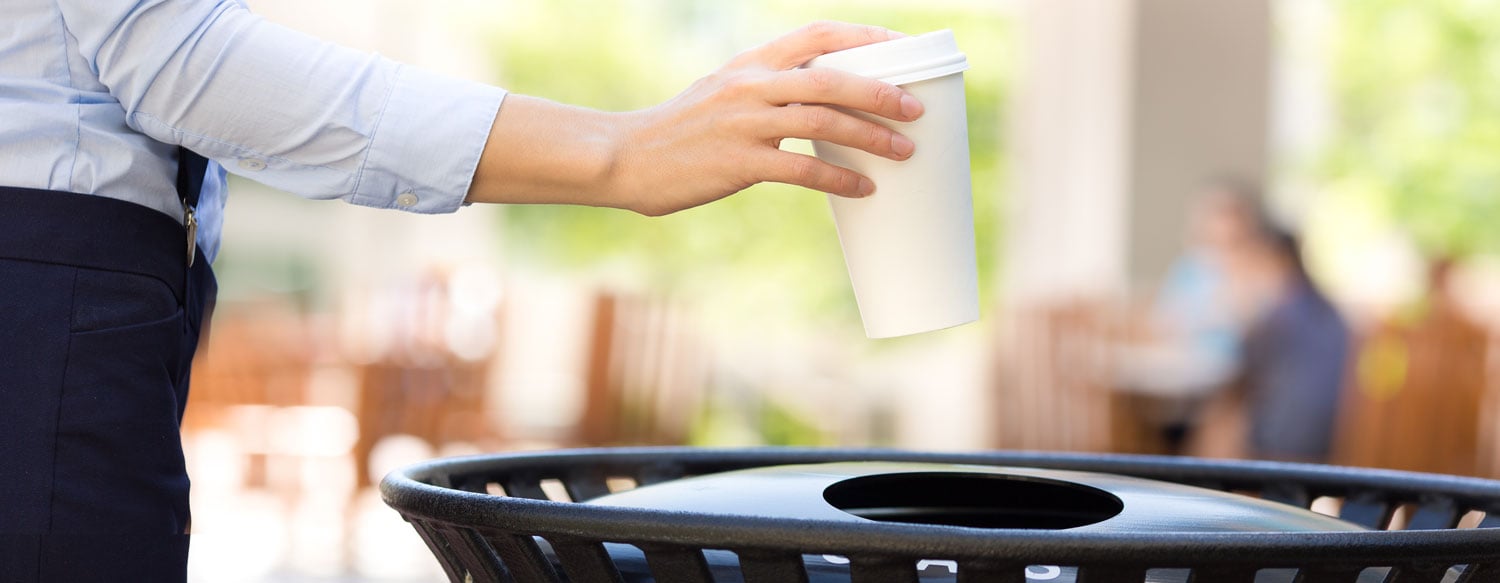 Eco friendly packaging is a huge concern for businesses in all industries, from food and beverage to healthcare. Although it’s certainly a good sign that more and more organizations are becoming aware of the importance of eco friendly packaging, this rise in awareness has also lead to the spread of several misconceptions about what is and is not environmentally friendly. Here are some of the most common myths about eco friendly packaging and what the true story is behind each one.
Eco friendly packaging is a huge concern for businesses in all industries, from food and beverage to healthcare. Although it’s certainly a good sign that more and more organizations are becoming aware of the importance of eco friendly packaging, this rise in awareness has also lead to the spread of several misconceptions about what is and is not environmentally friendly. Here are some of the most common myths about eco friendly packaging and what the true story is behind each one.
1. Biodegradable Plastics Naturally Break Down in the Environment
Many food and beverage companies are quick to tout their use of biodegradable plastics, which has lead consumers to believe that their plastic soda or water bottles will quickly and easily disintegrate into the natural world, thereby reducing the amount of trash sitting in landfills.
However, Tom Szaky at Sustainable Brands points out that the reality behind “biodegradable” plastics is not that tidy. Szaky states that while most green plastics on the market today are biodegradable, in some cases they require heavy industrial processing in an environment where temperature, moisture, and UV light are strictly regulated. These environments are very difficult for an average consumer to establish in their homes; even when biodegradable plastics are sent to a facility that can meet these requirements, it can take as long as a full year for the plastics to be fully processed.
2. Recyclable Packaging Can Always be Reused
This is a myth commonly believed by consumers and businesses alike. They are under the impression that the materials that they recycle are sorted and processed at recycling plants, where they can go on to start a new life as another product that uses the same raw materials.
Unfortunately, this isn’t always the case. The challenges of sorting recyclable materials and preventing them from getting contaminated so they can later be reused are numerous, reducing the rate of what can and cannot be reused. For example, recent research from the Container Recycling Institute showed that 86% of plastic bottles in recycling bins end up not being recycled. This is due mostly to the facility’s ability to break down the material and issues regarding energy consumption. However, many recycling pants across the nation are trying to improve their efforts and technology to be able to handle the situation.
3. Paper is More Sustainable Than Plastic
It’s a classic debate that many people have experienced firsthand at the end of the grocery checkout line: “paper, or plastic?” This issue has also made its way to the food service industry. Many people believe that paper is a better form of eco friendly packaging than plastic. In fact, the widespread prevalence of this myth has lead to over 150 cities in the United States either explicitly banning or placing special restrictions on plastic bags.
The reality of this situation is not so clear. According to some leaders in the field of sustainability, the production of two plastic bags takes 13% less energy than is required to produce just one paper bag. Paper bags also need a recycling rate of at least 50% in order for them to be more energy efficient than double the amount of plastics.
No matter what kind of food service your company provides, eco friendly packaging is important. However, it’s critical that you take the time to look into some of the most common misconceptions about eco friendly packaging so that you can create and implement policies that truly benefit your company and the environment.

About Michael Wilson
Michael Wilson is AFFLINK'S Vice President of Marketing and Communications. He has been with the organization since 2005 and provides strategic leadership for the entire supply chain team. In his free time, Michael enjoys working with the Wounded Warrior Project, fishing, and improving his cooking skills.





